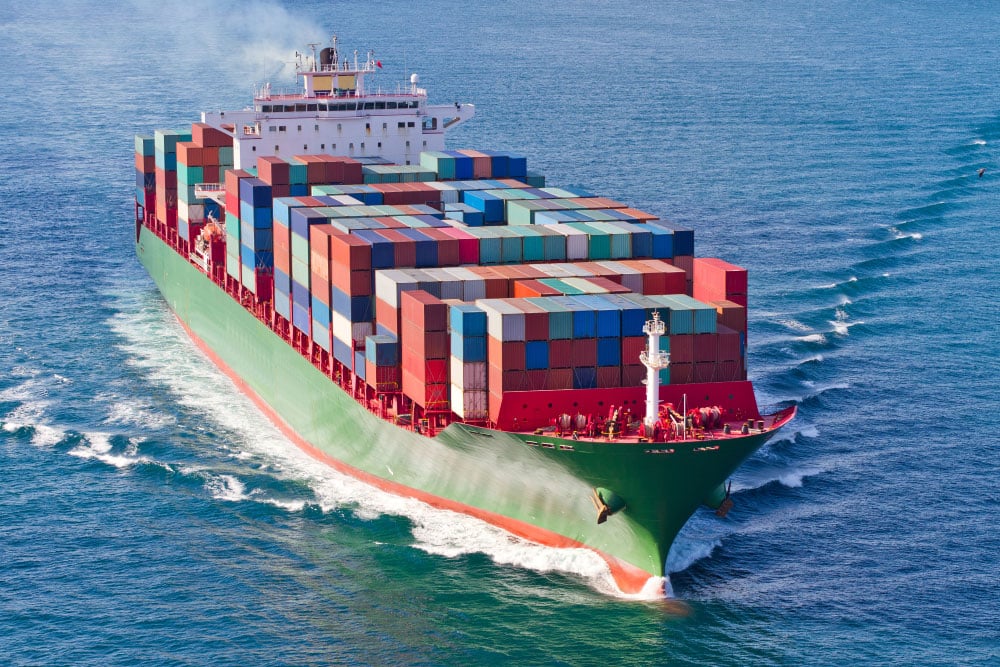Renewed Steel Demand in China Causing Iron Ore Production to Rise

For the 1st quarter of this year, China’s iron ore imports hit a Q1 record. Altogether, prices climbed nearly 10% from January to March, reaching 29.3 million tons (MT). Indeed, March alone saw imports grow 1.8% to 100.23 MT. Helping these numbers were expectations of stronger steel demand as the Chinese economy continues to emerge our of the country’s zero-COVID-19 policies. Ultimately, a recovery in China’s steel sector seems to be in motion, and iron ore production continues to react accordingly.
Newly released data shows that China’s daily hot metal output grew to 2.3 MT during the week of March 31. This represents an increase of nearly 4% from late February. But don’t applaud yet. Sector experts have introduced a note of caution. Specifically, they indicate there were tell-tale signs of demand waning in the coming months, beginning in April.
For instance, news agency Reuters released a report stating that prices across the steel spectrum have been retreating in recent sessions. Moreover, China’s imports of iron ore appeared to be moderating. The spot price for benchmark 62% iron ore for delivery to north China, as assessed by commodity price reporting agency Argus, ended at U.S. $118.80 a ton this Monday. According to the Reuters report, this is the lowest number since January 9, 2023.
MetalMiner’s free MMI report includes 10 metal price reports. These indexes can can be used as an economic indicator for contracting, price forecasting and predictive analytics. Sign up here.
Australia, Brazil, and India Remain Major Iron Ore Suppliers
This brings us to the record Q1 imports. As per customs data, Australia and Brazil, the world’s top two iron ore suppliers, accounted for 86% of iron ore arrivals in China last month. Meanwhile, China’s exports of steel products jumped 59.7% to 7.89 MT in March. This represents the highest monthly total since April 2021.

Indeed, domestic steel mills sought to benefit from higher overseas prices. And for the first quarter, steel exports climbed by 53.2% to 20.08 MT. In contrast, China’s March steel imports fell 32.5% to 682,000 tons, and January-March imports fell 0.5% to 1.91 million tons. Overall imports received a boost from the 8% surge in iron ore from India, which reached 2.68 MT in March. Of course, this came after the country scrapped its export tax last November.
According to this report in the Hindu Businessline, India’s iron ore exports almost doubled year-on-year in January-March FY23 to 11.59 MT. The primary driver was increased demand from China coupled with improved offers following the withdrawal of export duty. But here’s the thing: the full-year exports for FY23 remained depressed by 20%, with exports totaling 21.25 MT. This represents a decline from the 26.39 MT seen in the previous fiscal year.
Are you under pressure from your executive team to generate more cost savings? Join MetalMiner’s May workshop How to Use Unconventional Cost Reduction Tools.
India Reports Increasing Exports After Slow Q4 2022.
To an extent, this annual downfall is understandable. After all, export orders slowed down for nearly six months due to the export duty levy and COVID-19 restrictions in China.
Currently, India produces 9.2% of the world’s iron ore. Exports from this country in the fiscal year saw a slower start, with April exports down by 44% Year-over-year. Moreover, they have continued to decline every month since then. However, this reversed in December 2022, with iron ore exports increasing to 2.26 MT, or 500% YoY. According to Indian exporters, there was virtually no trade in September 2022, while the numbers were very low in October and November.
Get weekly updates on iron ore markets and other metal commodities with MetalMiner’s free weekly newsletter. Click here.


Leave a Reply